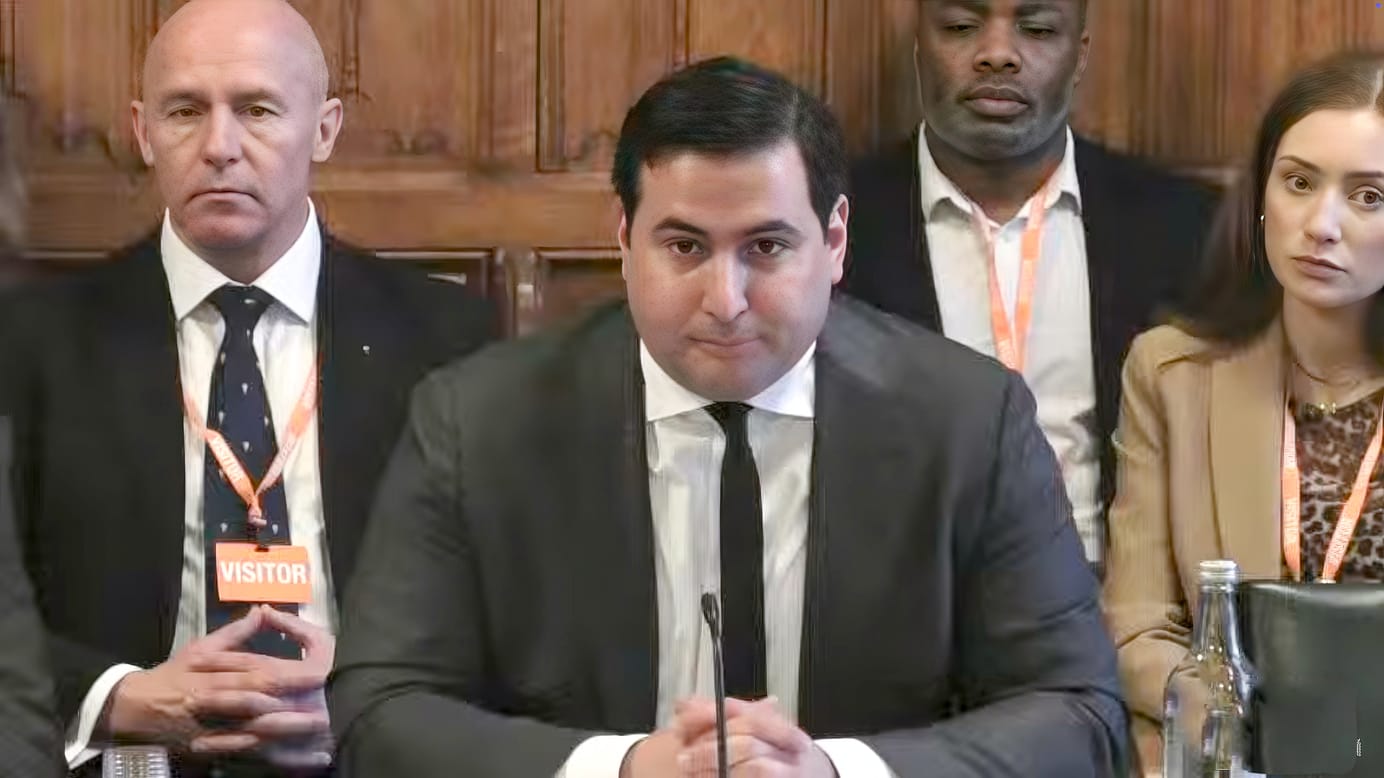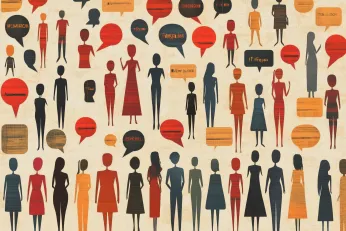
The last post for Post News
Another would-be Twitter replacement is dead in the water. What killed this one?
Another would-be Twitter replacement is dead. Founder Noam Bardin:
It is with a heavy heart that I share this sad news with you. Despite how much we’ve accomplished together, we will be shutting down Post News within the next few weeks.
Post News, just in case you’ve forgotten, was a web-based would-be Twitter successor that had forged close relationships with a handful of newspapers. But it never got much traction, and part of that might have been due to the lack of a mobile app. John Gruber:
But I think Post shot itself in the foot right out of the gate going web-only. They eventually got around to putting an “app” in the App Store but it’s just a thin wrapper around their website — so thin that you can drag-and-drop the tab controller buttons and see exactly which PWA framework they used from the custom URLs shown in the drag proxy. People don’t want to use PWAs; they want real apps. Native iOS apps are so important to social networking that Threads launched app-only for its first two months before launching its web version.
And, sure enough, it was a lack of growth that killed the product, according to Bardin:
But, at the end of the day, our service is not growing fast enough to become a real business or a significant platform. A consumer business, at its core, needs to show rapid consumer adoption and we have not managed to find the right product combination to make it happen.
That’s the problem with building a social startup on VC money: if you don’t get the growth, they just lose interest.
The “News” in “Post News”
In theory, journalists should have been all over this. It had a business model that included micropayments for access to store news stories. Among its founding ideas were:
– Buy individual articles from different premium news providers so you can access multiple perspectives, not just the ones you're subscribed to– Read content from various sources in a clean interface without jumping to different websites
But that might have been part of the problem. As Om Malik put it earlier:
It is not surprising. It lacked dynamism and excitement, even as an early adopter and a former media professional. Given the overwhelming emphasis they put on establishment media, I am not surprised.
In other words, they tried to build a new social network built on the idea of preserving the traditional media. And yet, they didn’t even manage to pull in the digital-first media types. Take Chris Sutcliffe of Media Voices:
I either never knew or have forgotten about Post News. In the wake of Twitter’s demise (RIP) a number of platforms emerged that sought to capture the bird site’s audience, but with a number of tweaks.
If someone who helps run a podcast and newsletter about the future of media has forgotten about your news-supporting social startup, you’re well and truly stuffed. Post News’s biggest advocates were likely to be the newspapers it had partnered with. If they weren’t pimping the product, the growth mountain was always going to be a tough ascent.
Two down: who’s next?
That’s the second RIP on the last of post-Twitter diaspora contenders I can cross off my list from last year, after the late (largely) unlamented Pebble.
In fact, the only one left in my “Products” category from that piece is Hive Social. Anyone checked in with them lately?
Sign up for e-mail updates
Join the newsletter to receive the latest posts in your inbox.










